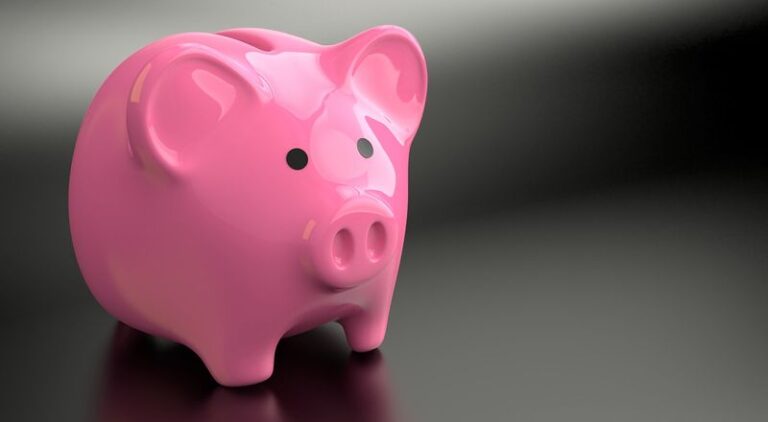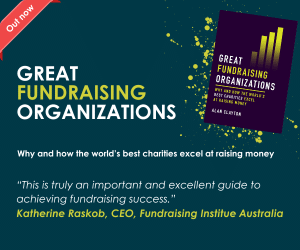Just 0.5% of lockdown savings likely to be donated to charity

Research from Pro Bono Economics suggests that households are likely to donate between 0.2%-0.5% of the £200-£250billion in excess savings estimated to have built up over the course of the pandemic.
If realised, this would provide a boost to the charity sector of between £500million and £1.2billion. At the height of the pandemic last year however, it was estimated that charities faced a shortfall in funding of £10billion.
The report’s findings were outlined yesterday at Pilotlight’s Power of Charity conference by Andy Haldane, Chief Economist of the Bank of England and co-founder of Pro Bono Economics. Examining a range of options to channel more of this capital into the charity sector, Haldane said:
Advertisement
“The Covid crisis has generated a significant pool of extra savings among a number of households, especially older and richer households, due to restrictions on spending. Balanced against this, among poorer and younger households, savings have actually fallen as a result of the Covid crisis, to tide over cashflow shortfalls. This has been accompanied by a rising fraction of indebted households.
“With a significant financing gap for charities to bridge, this begs the obvious question of whether more could be done to mobilise that pot of savings for charitable good. A number of ways of doing that are possible. One option would be to run a coordinated campaign to encourage more charitable giving. Past research has illustrated the power of behavioural economics – or nudges – in increasing incentives to donate. One potential way of nudging is to run a campaign to generate a new ‘social norm’ around giving.”
Based on its research, PBE also suggests government should also explore a temporary expansion of Gift Aid, similar to the temporary Millennium Gift Aid introduced between 1998 and 2000. It estimates that a temporary uplift in how much government matches donations through Gift Aid from 25p to 30p for every £1 donated could increase income for charities by around an additional £600million per year – potentially doubling the projected flow of lockdown savings to the charity sector.
On this, Haldane commented:
“A second response option would be to consider a temporary extension of the incentives to give charitably. This has happened previously – for example, the Millennium Gift Aid policy between 1998 and 2000 provided tax relief to support charities helping developing countries. Alternatively, Government could drive a publicly-funded donation match programme. If you take our estimate of a giving boost from those “windfall savings” of £0.5-£1.2billion and imagine that this is leveraged by matched funding from Government, you’re talking real money. The result could be a rise in charitable income of closer to £5billion.”
Among other recommendations, the research also advocates greater use of behavioural insights by the charity sector to harness these households as potential donors, noting that studies suggest that peer effects, such as hearing others talk about having donated, can help influence more people to give money and time. Research focused on online giving platforms, for example, found that a £10 increase in the average of past donations increases new donations by £2.50 on average.
Haldane’s full speech can be read here.
![]()




